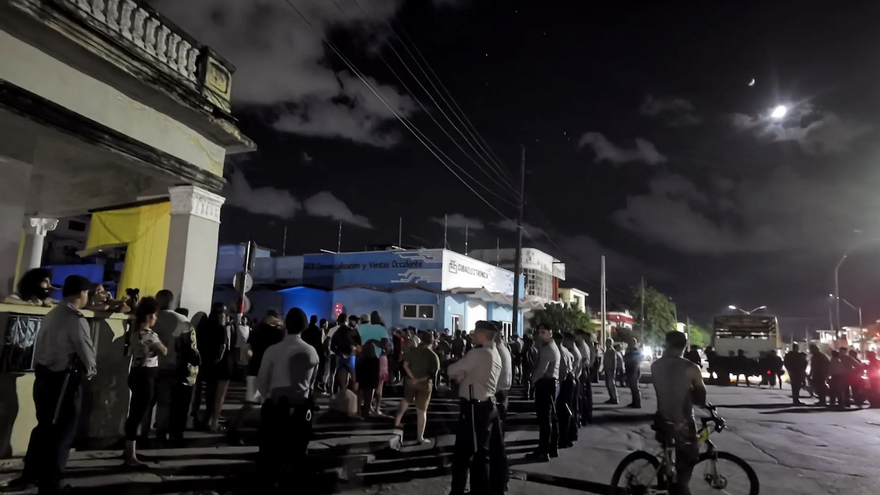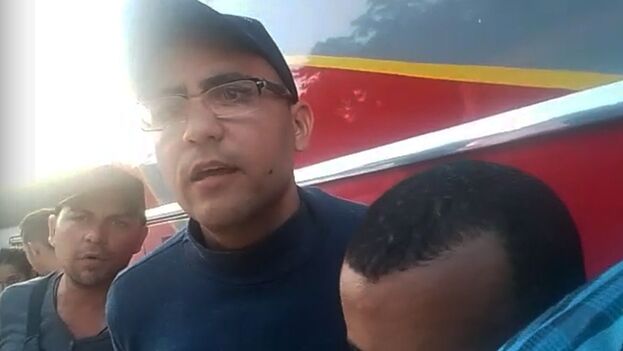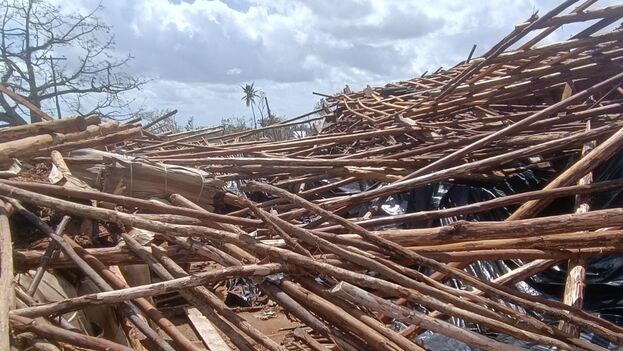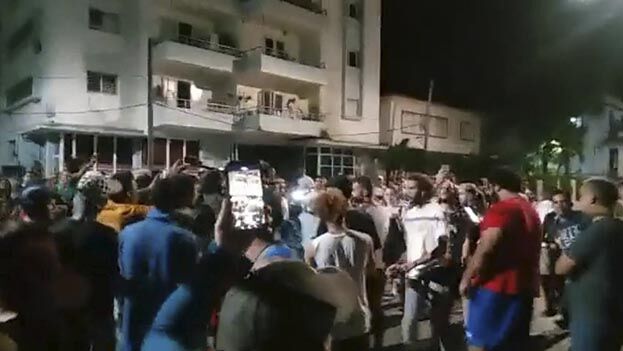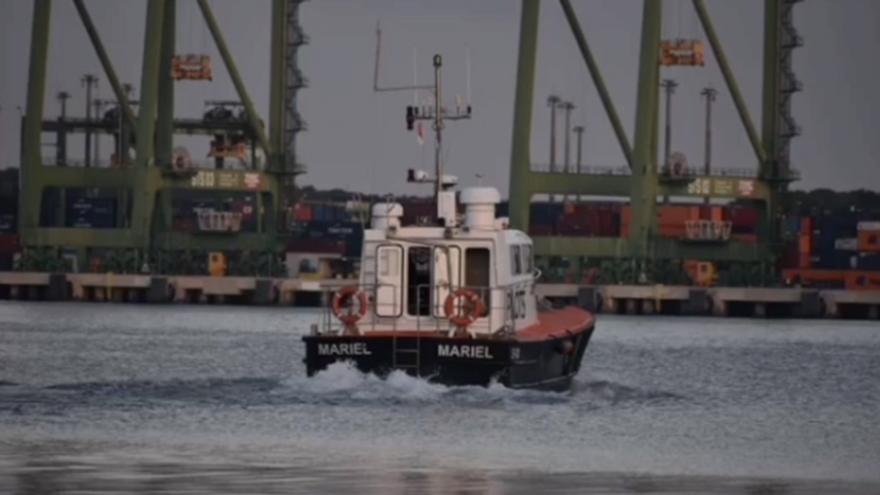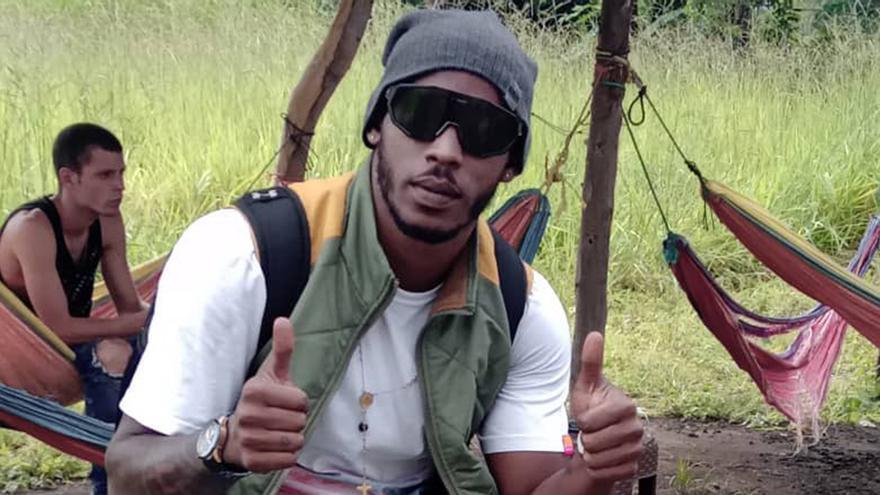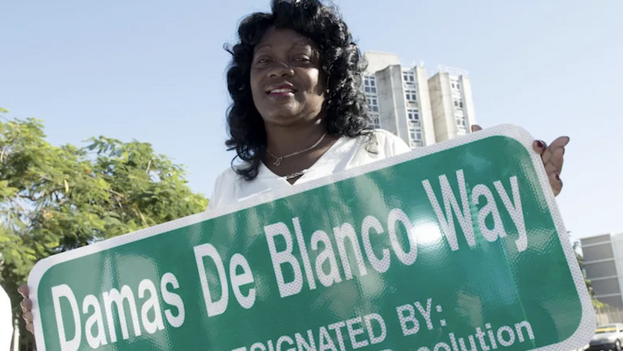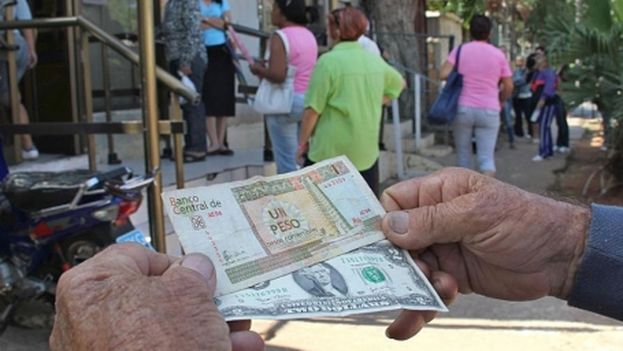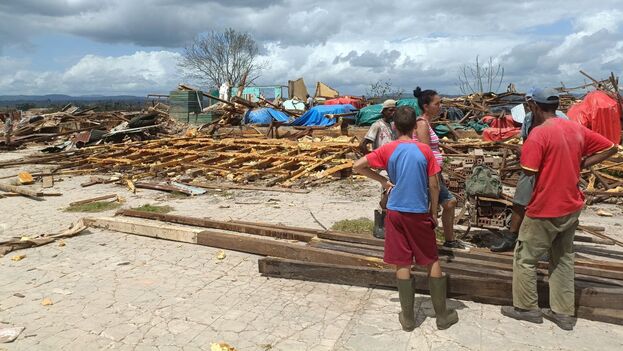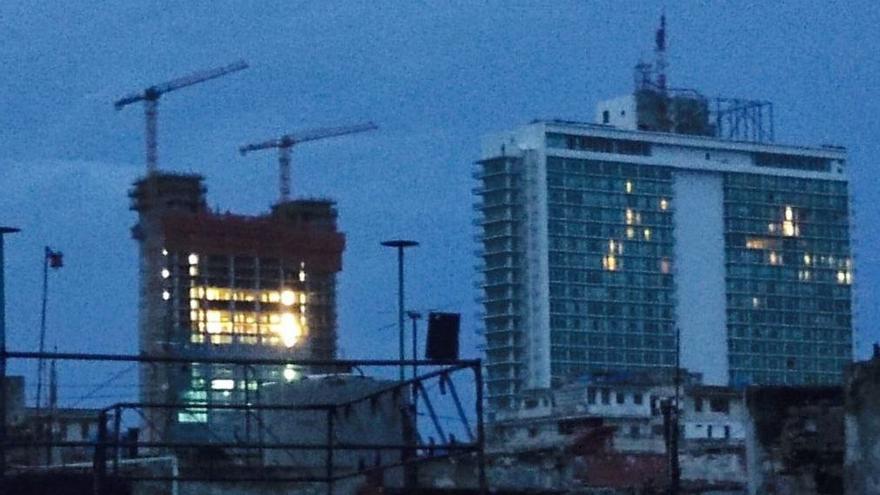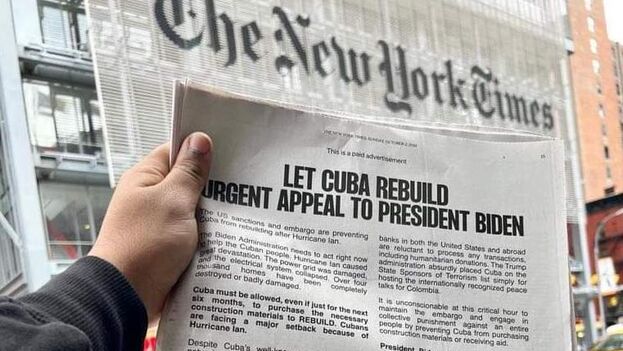
![]() 14ymedio, Frank Calzón, 5 October 2022 — The New York Times has published an ad asking President Joe Biden to respond affirmatively to the Cuban government’s call for the lifting of economic sanctions for six months “so that Cuba can reconstruct after the hurricane.”
14ymedio, Frank Calzón, 5 October 2022 — The New York Times has published an ad asking President Joe Biden to respond affirmatively to the Cuban government’s call for the lifting of economic sanctions for six months “so that Cuba can reconstruct after the hurricane.”
The text contains a catalogue of fallacies and half-truths.
It’s not true, as it says, that the US embargo impedes the purchase of construction material. Cuba buys everything it wants from countries around the world. The problem is that the countries that previously forgave the regime’s millions of dollars of debt now refuse to extend credit to Havana, since the debt won’t be paid.
One of the consequences of the U.S. embargo is that Cuba has to pay cash for what it buys from the U.S., like the tons of frozen chicken it imports from New Orleans. Otherwise, the U.S., like the Spanish, French, Argentinian and other governments, would stop subsidizing the regime.
As for the blackouts and the disaster of the thermoelectric plants in Cuba, to pretend that it’s because of Hurricane Ian, speaking diplomatically, lacks truth. For more than thirty years, the readers of the official newspaper Granma have been informed in which neighborhoods, on which days and at what times the power would be shut off. continue reading
For Cubans familiar with the craziness of Fidel Castro, like the Ten Million Ton Harvest and the closing of most of the sugar mills, which made the spectacular development of the country possible for two centuries, the regime can’t tell them that the blackouts are the fault of the hurricane or the Yankee embargo.
Many years ago, Fidel ordered the removal of stovetop cookers that used kerosene and charcoal and obliged the population to buy electric cookers to replace them. This increased the price of electricity. Fidel gave classes on television to Cuban housewives about the advantages of electric pressure cookers.
Ignoring the analysis of the experts, they used the national oil, which unfortunately has a high sulphur content, in the thermoelectric plants. The result, as in the case of the almost-disappeared sugar industry, is the energy crisis, with or without a hurricane.
The ad alleges that President Trump put Cuba back on the list of countries that facilitate international terror because Cuba was the seat of the peace negotiations for Colombia. But it doesn’t say that the F.B.I., for years, has offered thousands of dollars for information that might lead to the capture of U.S. terrorists who have sought refuge on the Island. Among them is Joanne Chesimard (alias Assata Shakur), an African-American extremist [member of the Black Liberation Army] who received a life sentence in 1977 after killing a New Jersey state patrol officer in cold blood when she was stopped for speeding in 1973. She escaped from prison in 1979 and was granted political asylum in Cuba. Her case isn’t the only one.
And what about the suggestion that Washington should stop basing its policy towards Cuba on the paradigm of the Cold War? Suffice it to point out that, even for Havana’s friends in Washington, it’s impossible to ignore the role of the regime’s propaganda in favor of President Vladimir Putin’s criminal war in Ukraine. Havana was one of the handful of dictatorships that voted against suspending Russia from the United Nations Human Rights Council and tried not to allow the recorded appearance before the General Assembly of the president of Ukraine, Volodymyr Zelensky, who could not attend for obvious reasons.
The Biden Administration has denounced all of the above, while the Plaza de la Revolución is preparing to send “volunteers” to Ukraine under the orders of Russian officers.
There’s more, but even so, President Biden shouldn’t ignore the regime’s request, according to the The New York Times ad. If the president wants to help the Cuban people, he must offer to establish a humanitarian channel with the following conditions:
1. That the aid is clearly marked “Free gift from the people of the United States to the Cuban people. FORBIDDEN TO SELL.”
2. That the aid be distributed in Cuba by staff of the American Red Cross and the Agency for International Development, and that both be allowed to monitor the impact of the aid on the population on the ground.
If not, it’s possible that the same thing would happen as years ago, when a shipment of medicines and food that the Catholic Church wanted to distribute on the Island was sent to Haiti, because some Cuban mothers in Florida had written on the boxes “With the love of your brothers exiled in Miami.” Something similar to the Cuba Decide shipment of humanitarian aid, confiscated in the Port of Mariel in 2020, in the midst of the pandemic.
It’s not true that the sanctions hinder the reconstruction of Cuba after Hurricane Ian, because the blackouts and lack of electricity across the Island precede Hurricane Ian by years. Homelessness, although it has been worsened by the hurricane, is basically the result of more than 60 years of lack of maintenance of the buildings where Cubans live. According to the regime’s priorities, millions of dollars are spent on the construction of luxury hotels for foreigners, while the country’s homes, aqueducts, sewage systems and infrastructure in general have deteriorated disastrously.
The ad regrets the destruction of the tobacco production, pointing out that 5,000 farms have been destroyed. But it doesn’t say that these farmers, if they dare to sell their tobacco to Cubans and not to the state monopoly, are sentenced to prison, like others who dare to sell their chickens, rice or the milk of their cows.
President Biden should order the Administration to implement its promises to provide free Internet service for the Cuban people. And if Havana rejects Biden’s offer, Washington should lead an international United Nations coalition to suspend Cuba from the Human Rights Council, as was done with Vladimir Putin’s regime.
The true friends of the Cuban people in the United States Congress, who are a majority, should immediately address Biden to make sure that the president doesn’t turn a deaf ear to the claim of thousands of protesters throughout Cuba, who don’t shout against the U.S. embargo, but in favor of their own freedom. For doing so, peacefully, there are a thousand young people in prison after the social explosion of Sunday, July 11, 2021.
The sponsors of the ad, as well as the editors of The New York Times, are complicit in omitting these details. Once again, they make the victims of repression on the Island invisible, while they whitewash the face of the human rights violator.
Translated by Regina Anavy
____________
COLLABORATE WITH OUR WORK: The 14ymedio team is committed to practicing serious journalism that reflects Cuba’s reality in all its depth. Thank you for joining us on this long journey. We invite you to continue supporting us by becoming a member of 14ymedio now. Together we can continue transforming journalism in Cuba.

